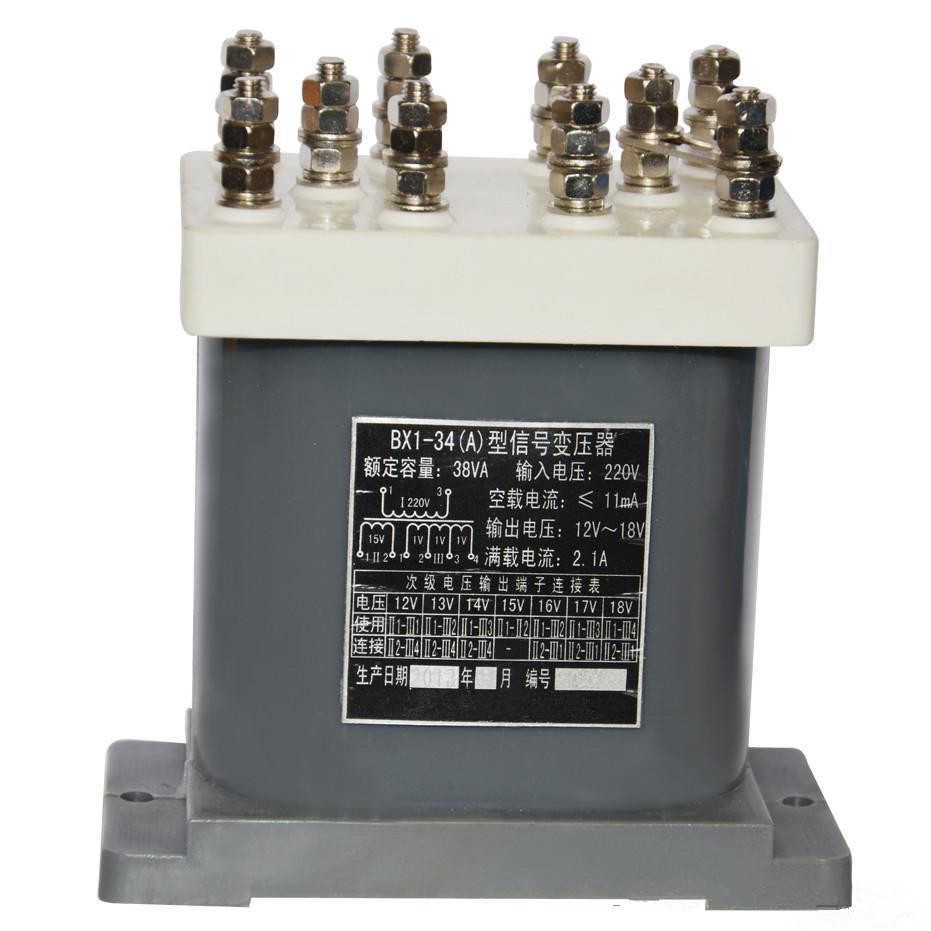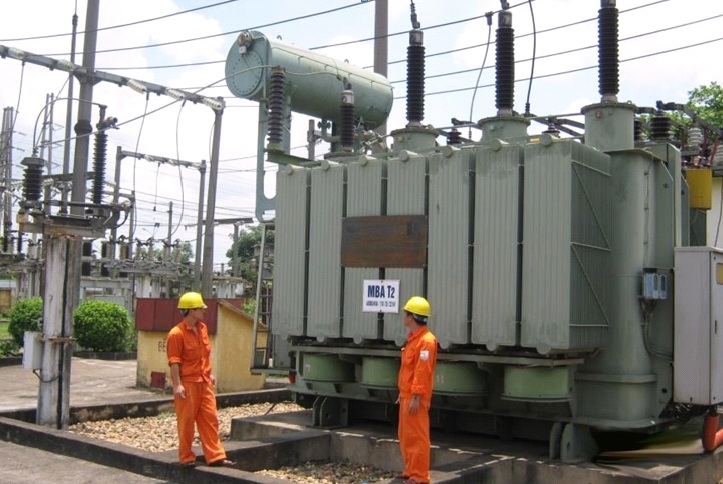How to determine the reasonable capacity of transformer and select transformer?
Writer: Hengfeng you electric Time:2023-03-31 views:times
1、 What is the voltage change rate of transformer?
The voltage change rate of voltage regulator is one of the main performance indexes of transformer. When the transformer supplies power to the load, the voltage at the load end of the transformer will inevitably drop. Compare the falling voltage value with the rated voltage value, and take the percentage, that is, the voltage change rate.
The voltage change rate can be expressed by the formula = [(secondary rated voltage - load terminal voltage) / secondary rated voltage] × 100%。 When the normal power transformer is connected to the rated load, the voltage change rate is 4 ~ 6%.
How to determine the reasonable capacity of transformer and select transformer?
2、 How to ensure that the transformer has a rated voltage output?
Too high or too low voltage will affect the normal operation and service life of the transformer, so the voltage must be adjusted.
The method of voltage regulation is to lead out several taps in the primary coil and connect them to the tap start. At the tap start, the number of turns of the coil is changed by rotating the contact. As long as the position of the tap changer is turned, the required rated voltage can be obtained. It should be noted that voltage regulation should usually be carried out after cutting off the load connected to the transformer.
3、 What are the small transformers usually used? Where is it used?
Small transformers refer to single-phase transformers with a capacity of less than 1 KVA, mostly used as power transformers for electrical equipment control, electronic equipment and safety lighting.
4、 What are the losses of transformer in operation? How to reduce losses?
Losses during transformer operation include two parts:
(1) It is caused by the iron core. When the coil is energized, the eddy current and hysteresis loss in the iron core are caused due to the alternating magnetic line of force. This loss is collectively referred to as iron loss.
(2) It is caused by the resistance of the coil itself. When there is current passing through the primary coil and secondary coil of the transformer, there will be power loss. This loss is called copper loss.
The sum of iron loss and copper loss is transformer loss, which is related to transformer capacity, voltage and equipment utilization. Therefore, when selecting the transformer, try to make the equipment capacity consistent with the actual use, so as to improve the equipment utilization rate, and pay attention not to make the transformer operate under light load.
5、 What is the nameplate of the transformer? What are the main technical data on the nameplate?
The nameplate of the transformer indicates the performance, technical specifications and application occasions of the transformer to meet the selection of users. The main technical data usually paid attention to are:
(1) KVA of rated capacity: that is, the output capacity of transformer under rated state. For example, rated capacity of single-phase transformer = u line × Line I; Three phase transformer capacity = U-Wire × Line I.
(2) Rated voltage volts: indicate the terminal voltage of the primary coil and the terminal voltage of the secondary coil (without load) respectively. Note that the terminal voltage of three-phase transformer refers to the line voltage U line value.
(3) Rated current amperage: refers to the line current I allowed to pass through the primary coil and secondary coil for a long time under the conditions of rated capacity and allowable temperature rise.
(4) Voltage ratio: refers to the ratio of the rated voltage of the primary coil to the rated voltage of the secondary coil.
(5) Wiring mode: the single-phase transformer has only one set of coils for high and low voltage, which is only used for single-phase. The three-phase transformer has Y / △ type. In addition to the above technical data, there are rated frequency, number of phases, temperature rise, impedance percentage of transformer, etc.
6、 How to select transformer? How to determine the reasonable capacity of transformer?
Firstly, investigate the power supply voltage of the power consumption place, the actual power load of the user and the local conditions, and then select one by one with reference to the technical data marked on the transformer nameplate. Generally, the transformer capacity, voltage, current and environmental conditions shall be considered comprehensively. The capacity selection shall determine the required load according to the capacity, nature and service time of the user's electrical equipment, This is used to select the transformer capacity.
During normal operation, the power load borne by the transformer shall be about 75 ~ 90% of the rated capacity of the transformer. When the actual load borne by the transformer is less than 50% according to the actual measurement during operation, the small capacity transformer shall be replaced. If it is greater than the rated capacity of the transformer, the large transformer shall be replaced immediately.
At the same time, when selecting the transformer, the voltage value of the primary coil of the transformer is determined according to the line power supply, and the voltage value of the secondary coil is selected according to the electrical equipment. It is best to choose the low-voltage three-phase four wire system for power supply. This can provide power and lighting power at the same time.
For the selection of current, it should be noted that the load can meet the requirements of the motor when the motor is started (because the starting current of the motor is 4 ~ 7 times greater than that during sinking operation).
7、 Why can't the transformer operate under overload?
Overload operation means that the current value specified on the nameplate is exceeded during transformer operation.
Overload is divided into normal overload and accident overload. The former refers to the increase of user power consumption under normal power supply. It often increases the temperature of the transformer, promotes the insulation aging of the transformer and reduces the service life. Therefore, overload operation of the transformer is not allowed.
Under special circumstances, the overload operation of the transformer in a short time shall not exceed 30% of the rated load (in winter) and 15% in summer.
8、 What kinds of tests should the transformer do in operation?
In order to ensure the normal operation of the transformer, the following tests shall be carried out frequently:
(1) Temperature test: whether the operation state of the transformer is normal or not, the temperature is very important. The regulations stipulate that the upper oil temperature shall not exceed 85C (i.e. temperature rise 55C). General transformers are equipped with special temperature measuring devices.
(2) Load measurement: in order to improve the utilization rate of the transformer and reduce the loss of electric energy, the power supply capacity that the transformer can really bear must be measured during the operation of the transformer. The measurement is usually carried out during the peak period of power consumption in each season, and it is measured directly with a clamp on ammeter. The current value shall be 70 ~ 80% of the rated current of the transformer. If it exceeds, it indicates overload and shall be adjusted immediately.
(3) Voltage measurement: the regulation requires that the voltage variation range shall be within ± 5% of the rated voltage. If this range is exceeded, the tap shall be used for adjustment to make the voltage reach the specified range. Generally, a voltmeter is used to measure the terminal voltage of the secondary coil and the terminal voltage of the terminal user.
(4) Insulation resistance measurement: in order to keep the transformer in normal operation, the insulation resistance must be measured to prevent insulation aging and accidents. During the measurement, try to stop the transformer. Use a megger to measure the insulation resistance of the transformer. The measured resistance is required to be no less than 70% of the previously measured value. When using a megger, the low-voltage coil can adopt a voltage level of 500V.


